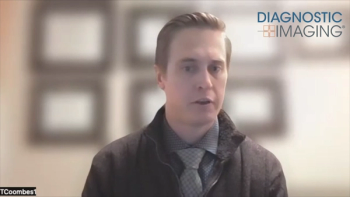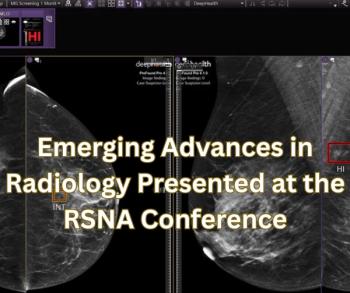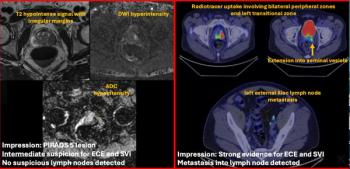
Double punch knocks out large hepatocellular cancer
While radiofrequency ablation has shown promise in treating small hepatocellular tumors, the technique has struggled with larger lesions. Research is showing that a combination of RFA and chemotherapy knocks out the larger tumors, potentially extending patient survival.
While radiofrequency ablation has shown promise in treating small hepatocellular tumors, the technique has struggled with larger lesions. Research is showing that a combination of RFA and chemotherapy knocks out the larger tumors, potentially extending patient survival.
Dr. Ricardo Lencioni, a professor in the department of radiology at the University of Pisa in Italy, showed in a pilot study of 20 patients with tumors between 3 cm and 7 cm that a combination of RFA and transarterial administration of doxorubicin-eluting beads elicited an impressive 74% objective tumor response rate. He reported the results at the 2007 annual meeting of the Cardiovascular and Interventional Radiology Society of Europe (CIRSE).
The effectiveness of RFA, particularly in the treatment of large HCC tumors, has been limited by perfusion-mediated cooling due to vascular flow when the tumor is adjacent to a blood vessel. The larger the tumor size, the greater the chance the mass will come in contact with a large vessel.
RFA also is limited because of the propensity of HCC to penetrate the capsule and produce microsatellites in close proximity to the main tumor. The difference in tissue reactivity between tumor material and surrounding cirrhotic liver causes a dramatic drop in temperature and results in sublethal tissue heating.
Local exposure to a chemotherapeutic agent such as doxorubicin offers a possible answer for the treatment of large HCC tumors by acting directly on cells that have been damaged but not destroyed by RFA, Lencioni said.
In the pilot study, the administration of doxorubicin-eluting beads increased the mean area of RFA necrosis by 61%, which resulted in complete or partial ablation of tumors as large as 7 cm in diameter. Fifteen patients (74%) had a complete or partial response to treatment, including 10 who had a complete response in the target lesion. Although survival was not an endpoint of the analysis, 92% of the patients were still alive 13 months after treatment.
Studies have consistently shown that large liver tumors fare worse than smaller tumors even with chemotherapy alone. In a study of 1000 patients with inoperable HCC, transarterial chemoembolization was particularly effective for small malignancies, according to Dr. J-H Wang from Shanghai Hospital, who reported the study at CIRSE. Among 880 patients who had tumors larger than 5 cm, survival was 22% at five years. Five-year survival was 51%, however, in 120 patients who had smaller tumors.
Lencioni has stated previously that RFA should be the first-line therapeutic option for patients with a single small HCC. His current pilot study shows promise that RFA, in combination with doxorubicin-eluting microspheres, could one day be considered a first-line option for those with large HCCs.
Newsletter
Stay at the forefront of radiology with the Diagnostic Imaging newsletter, delivering the latest news, clinical insights, and imaging advancements for today’s radiologists.




























